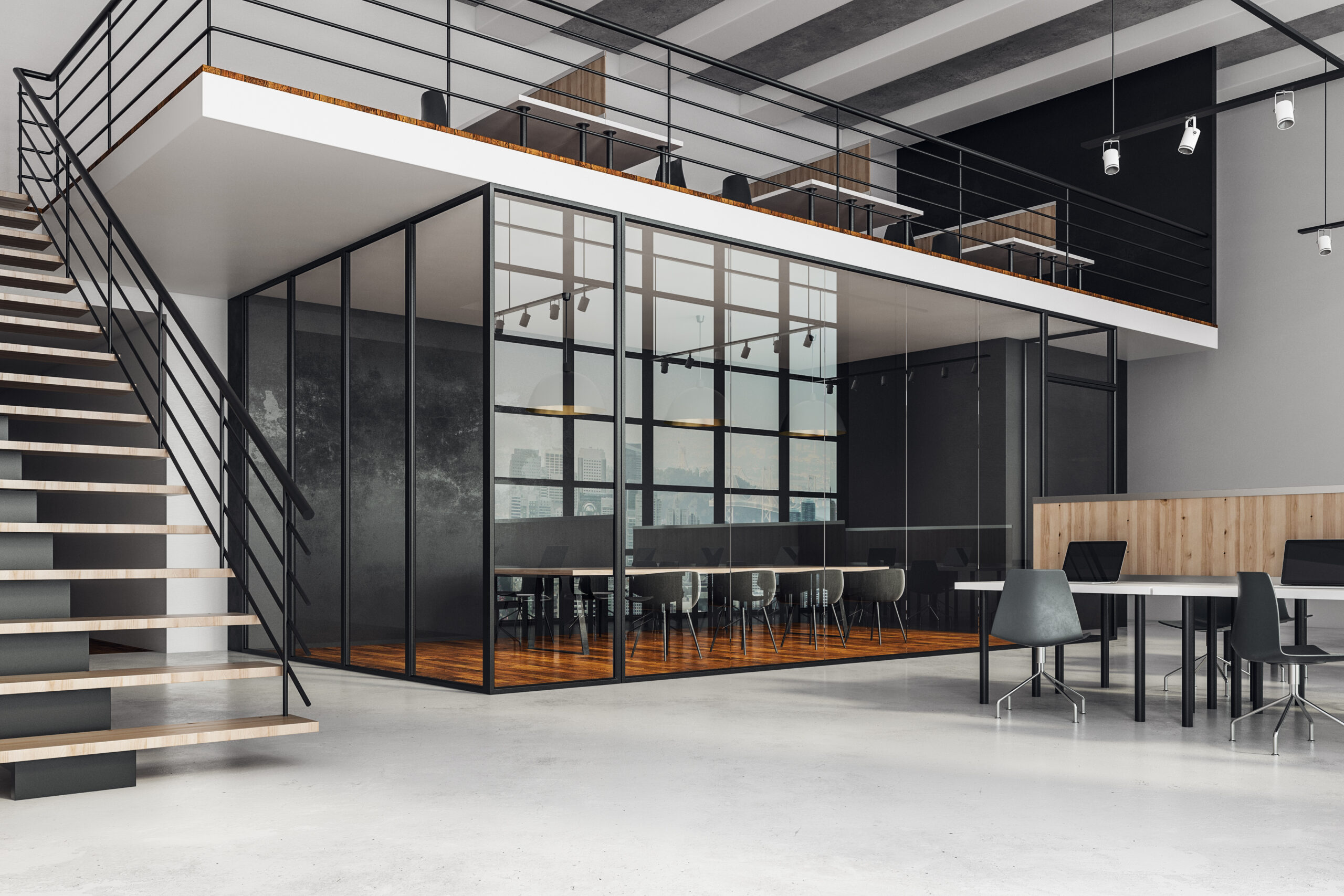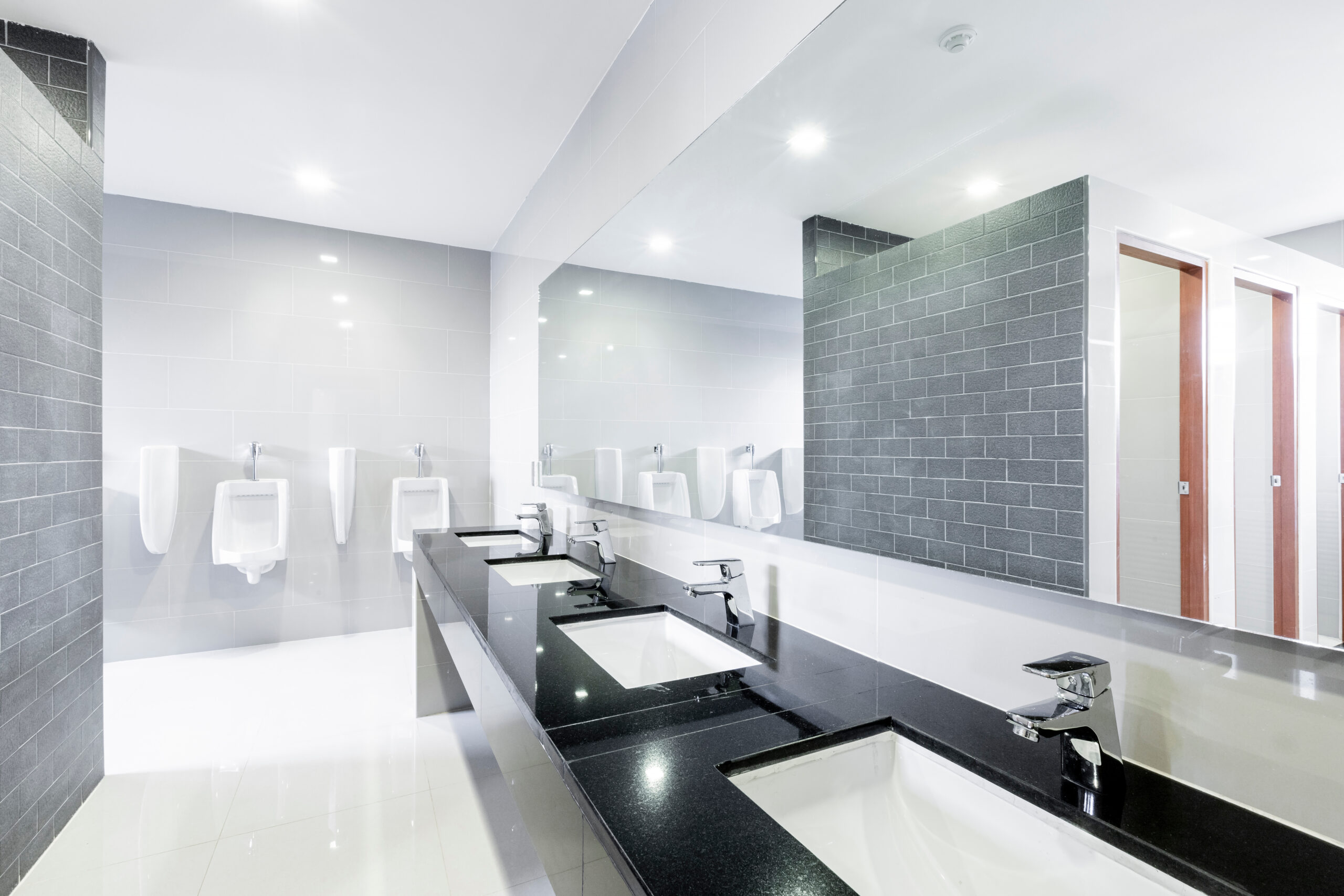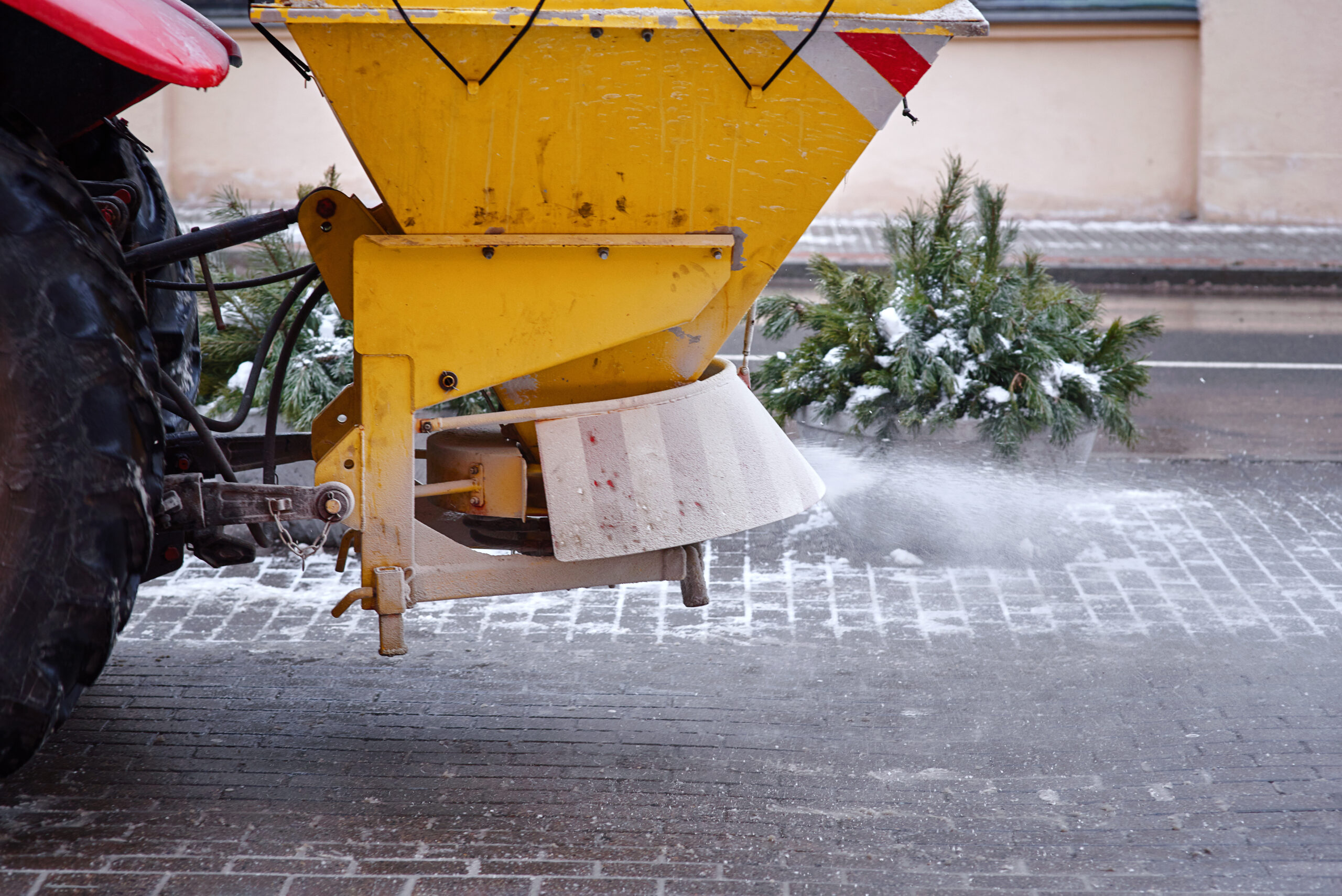Line striping that wears out faster than expected isn’t just frustrating—it can lead to liability issues, unsafe traffic flow, and recurring maintenance costs. Many facility managers assume the issue lies with the paint alone, but premature fading often points to deeper problems in preparation, materials, and environmental management.
Surface Prep That Skips Corners
A contractor might show up with paint and equipment ready to go, but if the asphalt or concrete isn’t properly cleaned and prepped, striping won’t last. Paint needs a clean, dry surface to bond well. Dust, oil spots, old flaking paint, or moisture in the pavement interfere with adhesion. Even light dew on the surface during early morning jobs can prevent proper bonding.
Pressure washing, degreasing, and scraping away old markings may not be exciting tasks, but skipping them reduces the effectiveness of any paint. In hot, busy facilities, many try to cut downtime—and prep shortcuts often follow.
Cheap Paint Isn’t a Bargain
A gallon of bargain paint might seem like a win for your budget—until it wears off within months. High-traffic areas need high-quality traffic paint. Paints meant for light-duty warehouse applications can’t handle outdoor lots, and some paints break down rapidly under UV rays or heavy rain.
Two-part epoxies or thermoplastic markings last significantly longer than basic water-based paints. They’re more expensive up front, but over a five-year cycle, they cut repainting frequency and labor costs by a wide margin.
Poor Timing with Weather and Temperature
Too hot, too cold, or too humid—none of these mix well with fresh striping. Paint won’t cure properly if it’s applied during the wrong window. Asphalt temperatures matter just as much as ambient air temperature. If the pavement is too cold, paint sits on top instead of soaking in. On a hot day, solvents might evaporate before bonding happens.
Rainfall within hours of application will ruin fresh markings. Even the threat of a passing drizzle should trigger a delay. A dry surface doesn’t always mean the timing is right—relative humidity, wind speed, and shade also affect drying and curing.
Traffic Reopening Too Soon
Paint might look dry, but it often needs several hours—sometimes a full day—to fully cure. Facility staff often want lanes reopened quickly, especially in busy retail centers or hospitals. Cars driving over fresh stripes before full curing wear them down instantly.
Foot traffic, carts, or forklifts can cause just as much damage in warehouse environments. One or two early passes may not leave visible signs, but they start micro-abrasions that grow over time. The result: stripes that fade weeks earlier than expected.
Low-Bid Contractors Using Old Techniques
Not every contractor updates their materials or application methods regularly. Some rely on outdated application gear or don’t keep up with changes in local DOT specs. Others thin their paint to stretch coverage further, which reduces durability.
Spraying too lightly or using worn tips on the sprayer results in weak lines. Others use tape-based methods that leave thin coats with little surface penetration. That weak bond peels faster under heat and tire pressure.
Pavement Condition Makes a Big Difference
Even the best paint won’t hold up well on cracked, oxidized, or raveling pavement. If your asphalt has lots of loose aggregate, the paint will flake off with the top layer of stone. If it’s too smooth or has surface oil, paint won’t stick properly.
Older pavement that hasn’t been sealed in several years becomes brittle and dusty. A fresh sealcoat is sometimes necessary before restriping. Ignoring surface quality means short-term success and long-term frustration.
UV Exposure and Chemical Exposure
Sunlight breaks down paint faster than many realize. Facilities in southern states or high-altitude locations deal with much more UV exposure, which bleaches and erodes striping faster. Yellow lines tend to hold up better than white, but both fade under relentless sun.

Chemical exposure from vehicle leaks, deicing salts, and cleaning agents also shortens the life of striping. In garages or loading docks, constant exposure to oils or solvents accelerates wear. The lines fade fast—and sometimes become slippery, creating safety risks.
Not Accounting for Traffic Load
Striping in low-traffic employee lots can last a year or two with standard paint. But high-turnover lots like fast-food drive-thrus, retail centers, or warehouses need heavy-duty solutions. Thermoplastics or MMA (methyl methacrylate) coatings are often better choices.
If the same turning path gets daily abuse from delivery trucks, standard traffic paint won’t hold. Contractors sometimes treat every surface equally, applying the same material everywhere. This mismatch causes lines in the busiest sections to fade while others look fresh.
Missed Maintenance Cycles
Striping should be part of a long-term maintenance plan. Many facilities wait until striping is barely visible before reapplying, thinking they’re saving money. But faint lines are already a hazard, and repainting at that point often requires full rework rather than light touch-ups.
Some facilities fail to incorporate restriping into their overall pavement maintenance, sealing or resurfacing without coordinating linework. Others skip re-striping after sealcoating altogether, losing visual order in the lot.
Subpar Sealcoating Schedules
Sealcoating helps preserve pavement, but if it’s done too often—or too soon before striping—it affects paint adhesion. A fresh coat of sealer needs time to cure properly. Striping too soon after sealing leads to lines that don’t bond.
Also, some sealers have additives that repel water and chemicals—which also repel paint. If the sealer has been over-applied, it creates a slippery surface that rejects traffic paint. Coordination between sealcoating and striping crews avoids this.
Lack of Clear Specification or Oversight
Facility managers often rely on vendors to make the right choices, but if the contract doesn’t specify materials, methods, and dry times, mistakes slip in. Cheap materials, rushed application, and poor prep become common when there’s no detailed scope of work.
Simple details like minimum mil thickness, paint type, or re-coat frequency should be spelled out. Without specs, two contractors bidding the same job might deliver wildly different results—one lasting six months, the other two years.
The Bottom Line: It’s Not Just About the Paint
Every piece of the process matters: surface prep, materials, weather, application, and post-care. Fading lines aren’t always a reflection of poor work—sometimes it’s a sign that planning didn’t account for real-world conditions.
That’s why facility leaders across commercial, healthcare, and retail environments turn to National Facility Contractors for striping programs built around durability, compliance, and lifecycle performance—not just lowest-cost labor.
Final Thoughts
A facility that stays proactive, uses the right materials, manages timing, and aligns contractors under clear guidelines will see striping that lasts significantly longer. Instead of repainting every six months, many move to yearly—or even multi-year—cycles with better planning and product selection.
Pay attention to the full process, not just the finished result. That’s how facilities keep parking lots, warehouse floors, and access roads clearly marked and safe long term.
Need help building a striping plan that actually lasts? Contact National Facility Contractors for a site evaluation and a scope of work designed around performance—not just paint.






